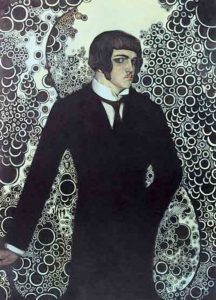
1894 - 1914
Vsevolod Maximovich
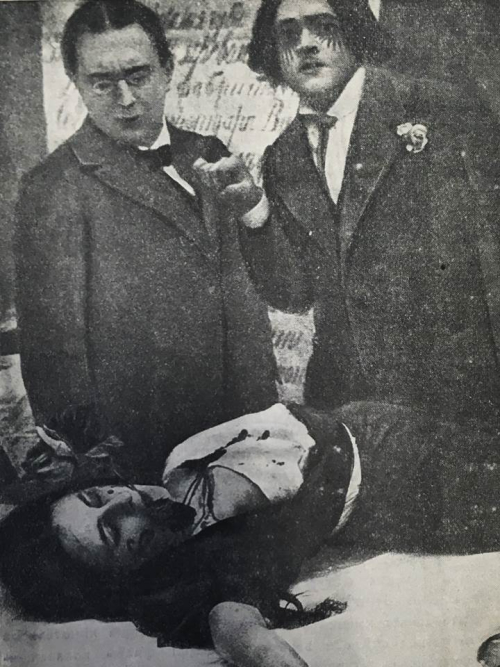
description
A Ukrainian artist, draftsman, graphic artist. An original avant-garde artist of the beginning of the 20th century, who did not receive systematic art education due to an extremely short life (20 years), became one of the brightest Ukrainian representatives of Art Nouveau.
At an early age, he showed the talent of a draftsman. He learned the basics of fine art from A. Roshchina. His first fine art teacher was Poltava resident Ivan Myasoedov, the son of Grigory Myasoyedov, the famous master of everyday scenes and the founder of The Wanderers group.
The works of Vsevolod Maksimovich (26 paintings), which arrived in Kiev in 1926, were first exhibited by the National Art Museum of Ukraine in 1996. Exhibition “Crossroads: Modernism in Ukraine, 1910-1930”, which took place at the Chicago Cultural Center with the participation of the paintings of V. Maksimovich, caused a big resonance in 2007.
All the main paintings of Vsevolod Maksimovich were preserved by young futurist poet Nadezhda Nikolayeva (she wrote poems under pseudonym Nadia Elsner), in which the artist was unrequitedly in love. In 1925, Fedor Ernst, an employee of the All-Ukrainian Historical Museum, purchased 26 paintings from her. T. Shevchenko (now it is the National Art Museum in Kiev). The works were shown at the exhibition and displayed in the catalog only in 1996.
The works of the Poltava resident showed that Art Nouveau embraced almost all European countries in the early 20th century, left a notable mark in Ukrainian culture. However, in the following decades, they were considered “decadent” and “ideologically harmful”.
Key Ideas:
– At the beginning of his creative career, V. Maksimovich boldly used a whole set of artistic devices inherent in symbolism and modernity in the paintings. The main theme of his works was images of antiquity; he inspirationally recreated the archaic cult of fertility, the beauty of the body (influenced by participation in “The Garden of the Gods” of I. Myasoedov).
– Depicting numerous floral patterns, braiding characters similar to Olympic athletes with garlands, the artist achieved an exaggerated sound of his Symbolism and his Art Nouveau. These canvases were the most accurately described in the article of historian J. Bolt on Ukrainian modernism of “Crossroads” : “The sticky tentacles of his (V. Maksimovich’s) compositions cover the space illuminated by amber light, filled with Dionysian nymphs, distraught ephebes, vicious apollos, voluptuous argonauts.” The young artist organically connected these full of mysteries, frozen in a majestic immobility strong characters with a fantastic background, where the motif of the “peacock eye” predominates. This is all the more unique because athleticism is a rare feature of modernism.
– The artist realized his fantasies according to the laws of decorative canvases. Visible is a clearly arranged foreground, a mosaic interface of matt-muted color spots, the richness of ornamental contour lines.
– Another feature peculiar to the Ukrainian representative of Art Nouveau is the dramatic comparison of colors. Self-portrait, for example, is built on a deep black and dazzling white background ornament, from which an elegant and surprisingly handsome young man appears.
– Researchers note that the portraits and plot pictures of Maximovich are marked by narcissism, since beautiful faces on his panels – both female and male – seem to be “written off” from the author himself. Strong impressions are produced by eyes with their meditative, sad and often detached-cold expression that conveys the feeling of inner emptiness, mental fatigue, the renunciation of the world, the premonition of a near death, the “attributes” of which are not accidentally present on an ornamental background.
– Just like the external impression of the artist’s personality (some considered him a romantic dandy, while others were flustered with his extravagance), the pictures of the very young author, still looking for his final style, provoked contradictory responses. Art historians often mention a kind of creative megalomania, “hopeless attempts to put on the toga of genius.”
– Member of futuristic group “Mezzanine of Poetry” B. Lavrenev wrote in his memoirs that “the canvases that he (Maximovich) created consisted of confused circles and interlacing rings – blue, green, pink, similar to the piles of rainbow-colored soap bubbles.” The writer did not see the main thing in the pictures of the young painter – Maksimovich strove to turn the idea of life-creation, preached by Symbolists and Modernists, into reality without fail, expressing it in lines and colors.
1894
1910 - 1912
1912
1913
1914
The birth
He met F. Krichevsky
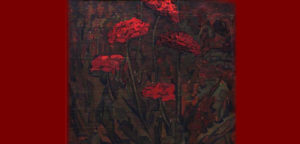
Moved to Moscow
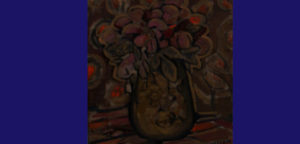
Participated in two exhibitions
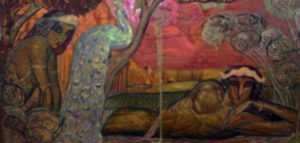
The suicide
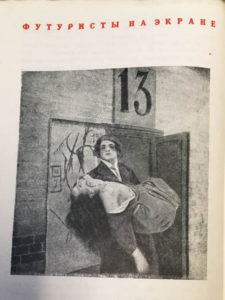
Vsevolod Maximovich
On Artist
flow
Symbolism
friends
Mikhail Larionov
Mikhail Le Dante
artists
Aubrey Vincent Beardsley
Mikhail Vrubel
Konstantin Somov
Ivan Rerberg
Thomas Theodore Heine
Julius Diaz
Nikolai Petrovich Feofilaktov
Vasily Dmitrievich Milioti
Stepan Bakalovich
Wilhelm Kotarbinsky
Heinrich Semiradsky
Isaac Izrailevich Brodsky
Krichevsky Fedor
Ivan Myasoedov
By Artist
flow
Modern
